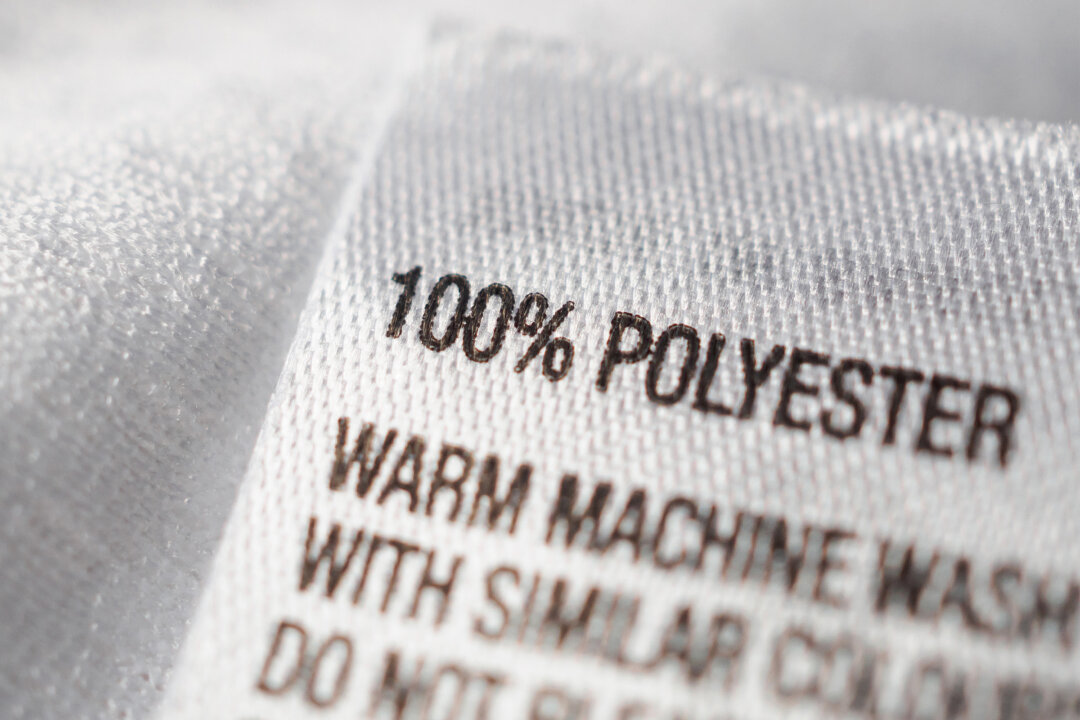The shirt on your back, the carpet beneath your feet, and the takeout container from last night’s dinner share a troubling secret: They’re slowly breaking down into invisible particles that are turning up everywhere from Mount Everest’s peak to your bloodstream. These microscopic plastic fragments, ranging in size from invisible to no larger than the width of a pencil eraser, have silently invaded human bodies in ways scientists are only beginning to understand—and the implications are unsettling, according to a September scientific review. “Microplastics pose a significant health risk, as they can persist in the environment and carry harmful chemicals,” Dr.
Paul Savage, a toxin expert and founder and CEO of MDLifespan, told The Epoch Times. Each year, between 10 and 40 million tonnes of microplastics are released into the environment. If current trends persist, this amount is projected to double by 2040.
Even if all new emissions are stopped today, existing microplastic levels would continue to rise as older plastic debris breaks down into smaller particles. A review published in Science summarizes the current understanding of microplastic pollution two decades after the term “microplastic” was first introduced. Microplastics are solid plastic particles measuring less than 5 millimeters (smaller than a pencil-top eraser).
They permeate ecosystems, seeping into our food and water, and have found their way into our bodies. “Fast fashion is all made with polye.


















